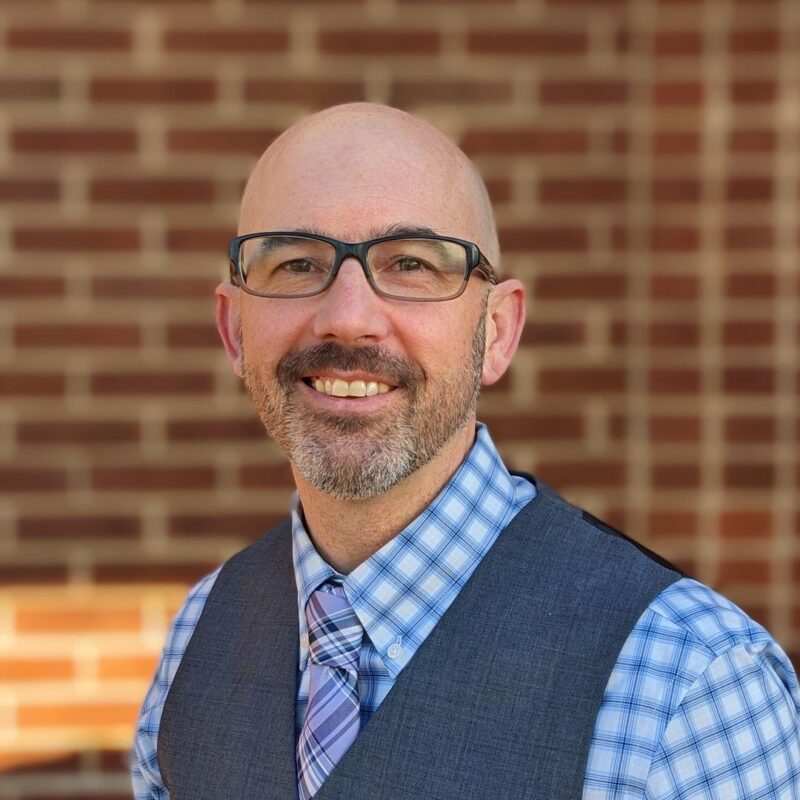|
SEE MORE Click here to see photos from Donovan Webster’s travels. |
Sometimes, when Donovan Webster returns from reporting a story, he needs to sleep on the floor for a few days to reacclimate. He reminds himself that a broken washing machine isn’t a new expedition, but a domestic responsibility. When his kids were younger, he’d need time to readjust his internal rhythm, to match their pace.
“And it was hard sometimes,” he says. “Because I’m so unused to slowing down to kid-speed.”
Such is the toll for our city’s farthest flung correspondent. Webster, 51, is tenacious—the sort of man eager to start his next big story, but not until he pursues each subject to its unlikeliest beginnings. He traced the life of convicted Beltway murderer Lee Boyd Malvo back to his family’s neighborhood in Kingston, Jamaica, for his 2004 Vanity Fair article, “The Making of a Sniper.” He walked large tracts of the World War II military supply route that was the namesake for his 2003 book, The Burma Road.
|
How did Hadzabe tribesmen respond when journalist Donovan Webster arrived to research his deep genetic trail? “They all loved it,” he says, and adds that he hunted boar and spent 10 days with the tribe. |
For his new book, Meeting the Family, Webster searched even deeper. Through National Geographic’s Genographic Project, scientists located his Y-chromosome and followed his genetic markers to track the movements of his “deep ancestors”—a path Webster followed as a reporter, from Uzbekistan and Samarqand to Tanzania, where he spent 10 days with click-talking Hadzabe tribesmen.
“I would go back and live with them,” says Webster, who hunted warthog then cooked and ate the tribe’s kill on the spot. “Made a fire, cooked it right there. Boom. And I thought, ‘This is so cool.’” If you can keep up, that is.






